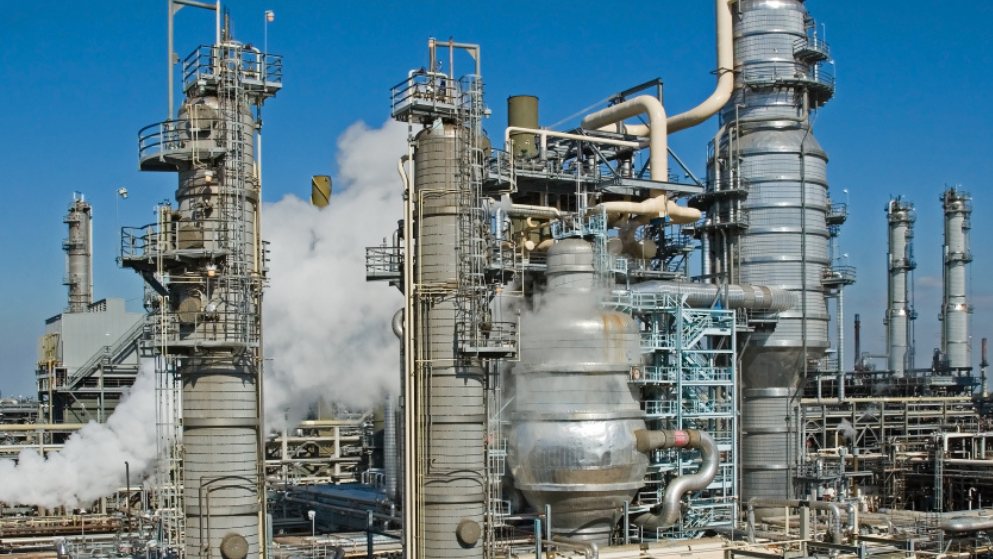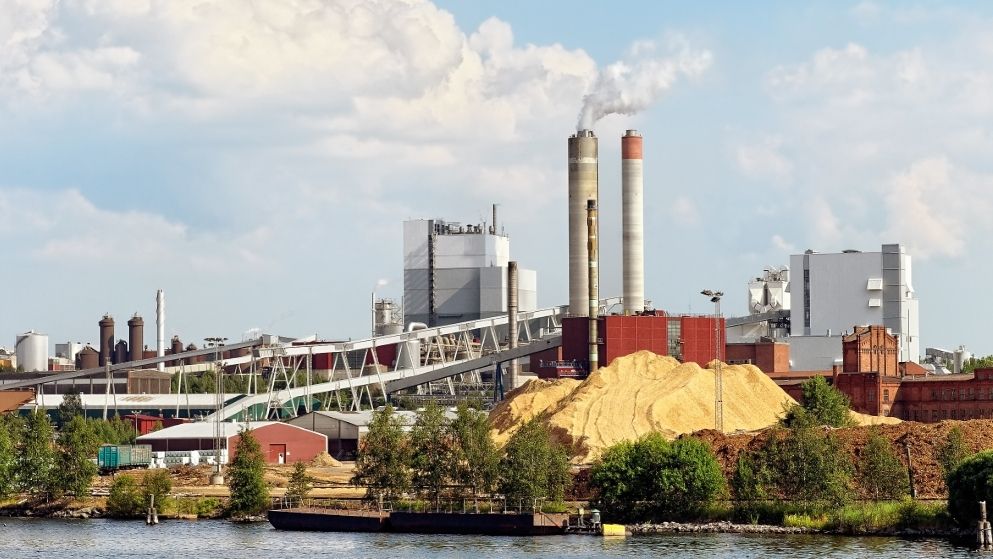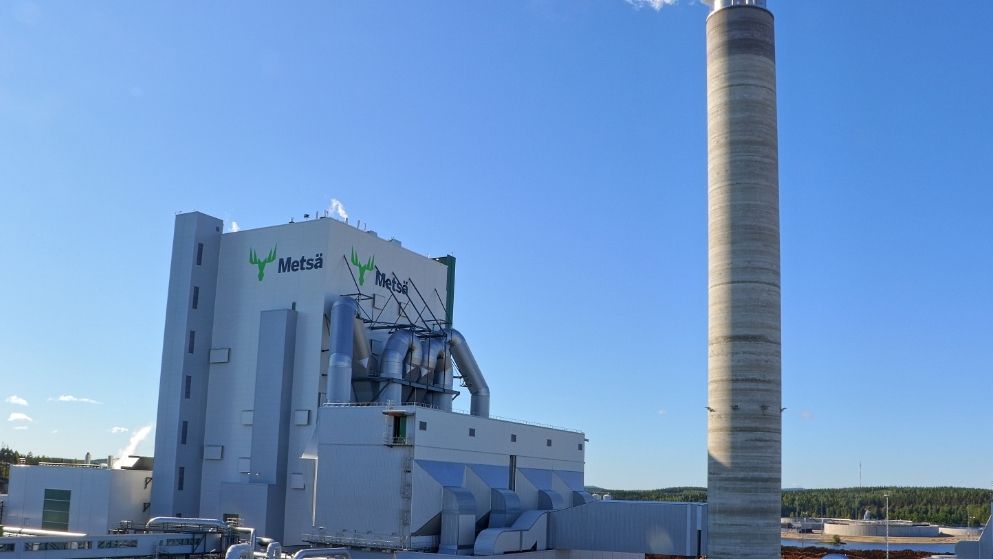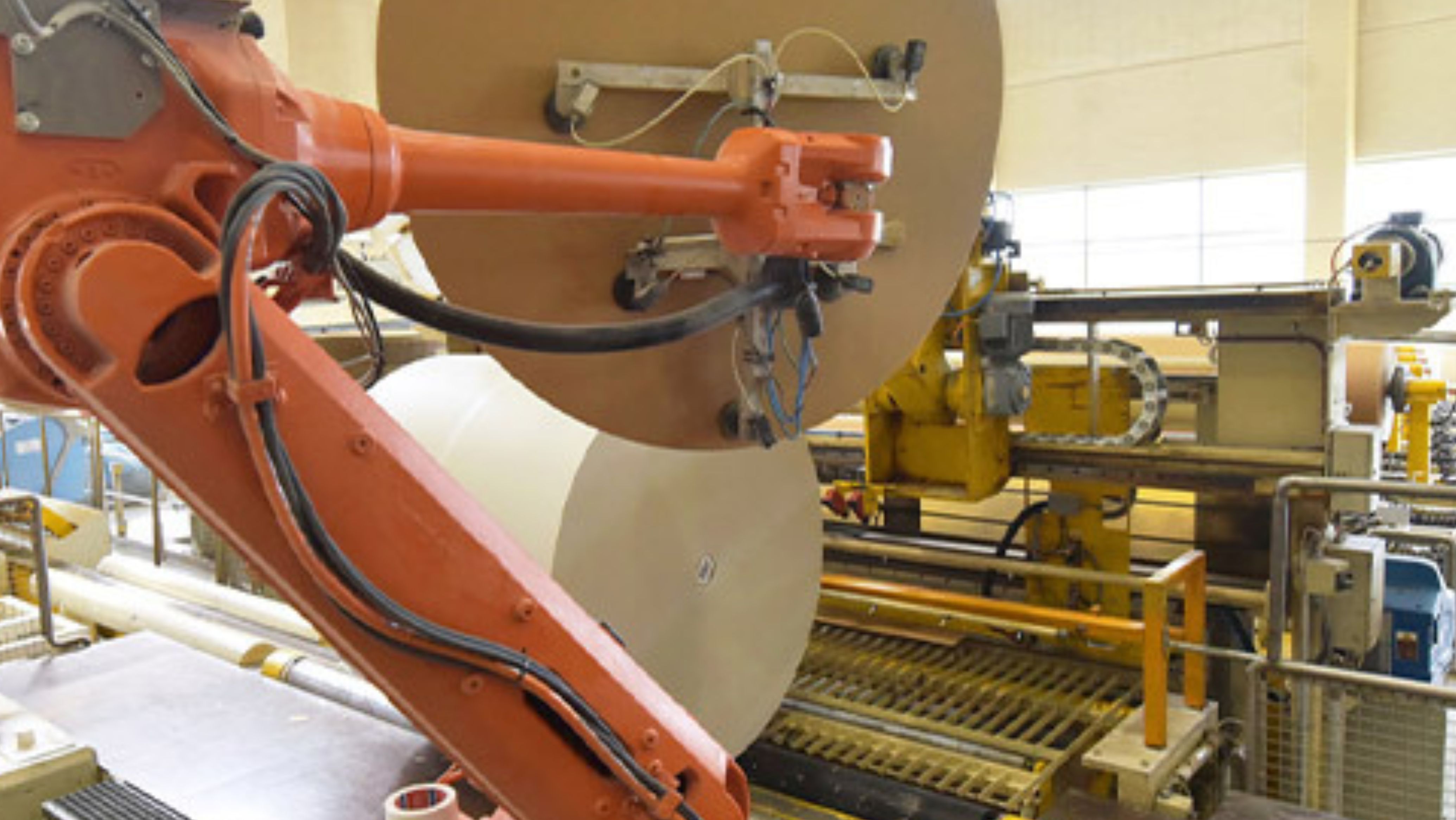S&B's Vice President, Commercial and Technology, talks about energy transition, process technology, and project development.
Meet Muhammad "Mo" Islam, one of S&B's leading process technology experts. For more than 40 years, he has been involved in numerous synthesis gas and derivatives projects, including hydrogen, carbon monoxide, carbon capture, ammonia, urea, methanol, methanol-to-gasoline and gas-to-liquids. In addition, his strong relationships with well-known and developing technology licensors make him the perfect partner to solve complex problems for our customers.
Mo explains his role at S&B, customer questions about the energy transition market and the expertise that S&B brings to their projects.
On his role at S&B
Many owners, project developers and investors are preparing for a low carbon future as the energy transition takes hold. Evolving innovation and technology licensors will play an integral role in these projects. Therefore, understanding the technologies available today and uncovering developing technologies are of critical importance.
As S&B's commercial and technology vice president, I regularly meet with customers to discuss pros and cons of various technologies and help them in making the right choice for their projects. We have established relationships with a number of renowned process technology licensors who are willing to support us in making the right decision for our clients. In addition to established technologies, I am also involved in assessing near and long term technical and commercial viability of innovative and upcoming technologies.
On S&B's technology expertise
Most of our clients have a 50,000-foot overview of various process technologies that are available in the market. However, they need help in deciding which one is the optimum fit for their particular project. At S&B we have the know-how to compare various licensors and the uniqueness of their technologies to make an informed decision on selecting the best one for our customers.
Recently, S&B has partnered with one of our existing oil and gas customers on its first energy transition project. The customer turned to S&B early in the process for advice on selecting the “right” licensor for their project. We are in the process of comparing multiple licensors for this client with the goal of recommending the most optimum one that meets their goals.
Often, these projects require more than one licensor, making it essential that we intimately know the pros and cons of the various technologies available, how they work with each other and propose the right solutions for successful delivery of the project.
On exploring project opportunities
We are increasingly receiving customer inquiries on energy transition projects such as hydrogen and ammonia. The industry sees ammonia, best known as a fertilizer, as a convenient means to transport hydrogen and as a potential fuel. Today, approximately 190 million tons per annum of ammonia is being produced globally. Due to ammonia’s potential use in new applications such as fuel in boilers, gas turbines and even ships, its demand is expected to grow by more than 4% annually. This represents a 70% increase in ammonia demand by 2035. A number of these projects are expected to be built in the U.S. given the low cost of natural gas feedstock, abundant renewable energy and the recently announced Inflation Reduction Act (IRA) tax credits. Ammonia is easier and more cost effective to carry long distance compared to hydrogen, and therefore, export from the U.S. is targeting energy starved countries such as Japan and South Korea.
S&B is currently executing several ammonia and hydrogen projects in various stages. One is a green hydrogen plant we have taken from FEL into EPC. When complete, the plant will utilize proprietary electrolysis technology to produce green hydrogen, which will then be liquefied, stored, and loaded for transport. When complete, the facility will produce 15 tons of liquefied hydrogen per day.
In addition to cost and schedule certainty, particularly on energy transition projects, clients need solutions for reduction of carbon, i.e. lower carbon intensity. Reducing carbon creates opportunity to maximize IRA tax credits that can be hundreds of millions of dollars, thereby significantly increasing the Internal Rate of Return (IRR). While the tax credits seem great on paper, the carbon intensity calculations and other details need to be developed and clarified. S&B monitors the IRA closely, and we expect more clarity later this year. Click herefor a post on the topic.
On the EPC partnership
Working with an EPC partner with the expertise and experience to successfully execute a project is crucial. S&B has leveraged its long history in large scale gas processing projects to design and build low carbon projects such as hydrogen and ammonia. We have relationships with renowned technology licensors and have the technical knowhow to support these projects, but more importantly, as an integrated EPC, we can do the project from start to completion. We get it done. Learn more here .




